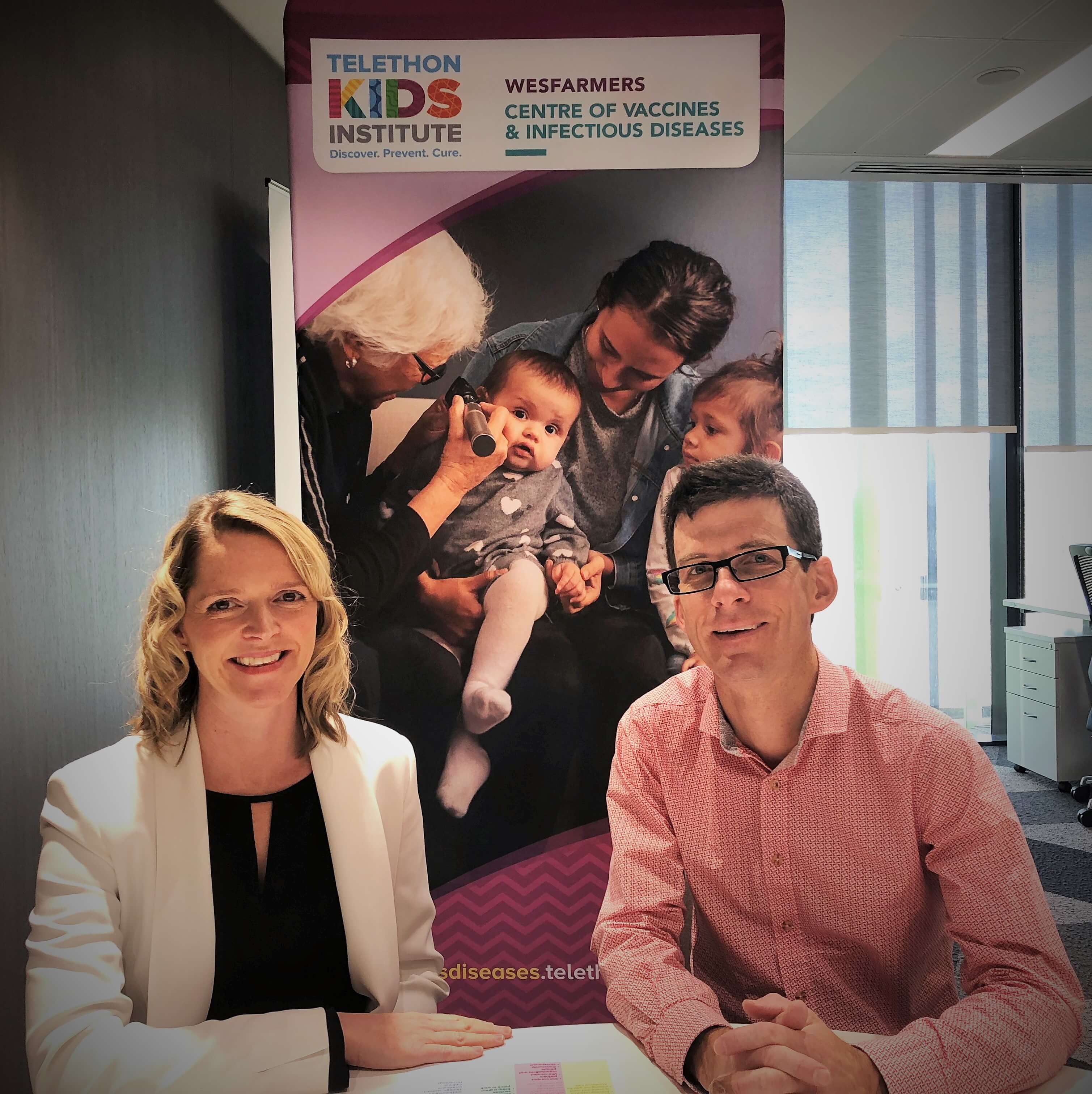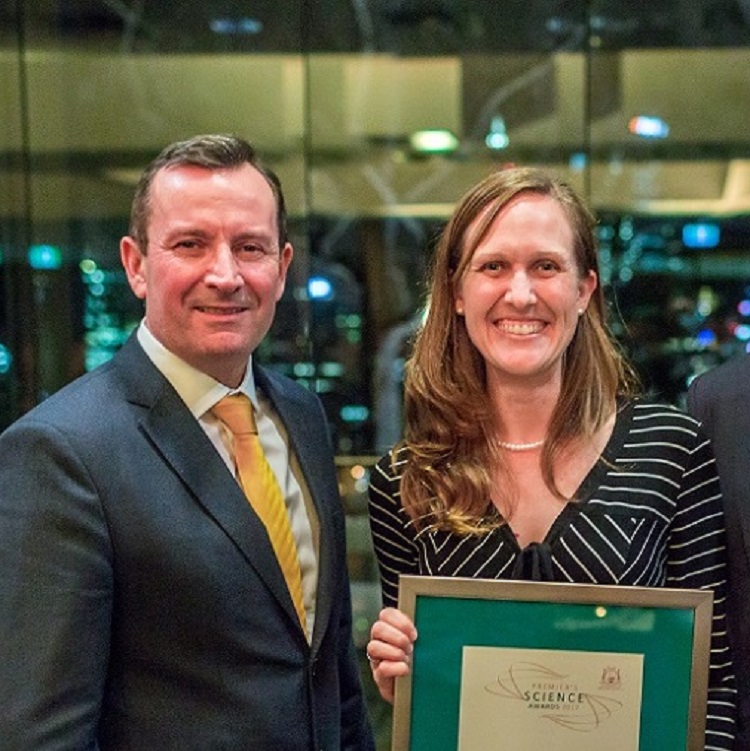Search

News & Events
New Co-directors for the Wesfarmers Centre of Vaccines and Infectious DiseasesDr Lea-Ann Kirkham and Dr Chris Blyth have been appointed as Co-Directors

News & Events
The Kids Research Institute Australia researcher wins Premier’s Science AwardInfectious diseases researcher, Dr Asha Bowen, has won the Early Career Scientist of the Year Premier's Science Award for 2017.
Research
Respiratory syncytial virus is present in the neonatal intensive care unitThe results suggest that though the risk for RSV in the NICU remains low, personnel clothing are contaminated with RSV-RNA and may have a role in transmission
Research
Lower anti-echovirus antibody responses in children presenting to hospital with asthma exacerbations.This article assesses the absolute and specific antibody titres to VP1 antigens of the gut-trophic enteroviruses, echovirus 30 and Sabin 1 poliovirus, in...
Research
Comparison of approaches to rheumatic fever surveillance across Organisation for Economic Co-operation and Development countries.Rheumatic fever (RF) prevention, control and surveillance are increasingly important priorities in New Zealand (NZ) and Australia.
Research
Post-infectious group A streptococcal autoimmune syndromes and the heartARF is a classical example of an autoimmune syndrome and is of particular immunological interest because it follows a known antecedent infection with group A...
Research
Formal infectious diseases consultations at a tertiary pediatric hospital: A 14-year reviewWe analyzed the formal consultations seen by the infectious diseases service over a 14-year period at one of the largest pediatric hospitals in Australia.
Research
Extensive Diversity of Streptococcus pyogenes in a Remote Human Population Reflects Global-Scale Transmission Rather than Localised DiversificationThe Indigenous population of the Northern Territory of Australia (NT) suffers from a very high burden of Streptococcus pyogenes disease, including cardiac...
Research
Resident CD8+ and Migratory CD103+ Dendritic Cells Control CD8 T Cell Immunity during Acute Influenza InfectionThe identification of the specific DC subsets providing a critical role in presenting influenza antigens to naïve T cell precursors remains contentious and...
Research
Position statement of the World Heart Federation on the prevention and control of rheumatic heart diseaseIn the 21st century, rheumatic fever (RF) and rheumatic heart disease (RHD) are neglected diseases of marginalized communities.
